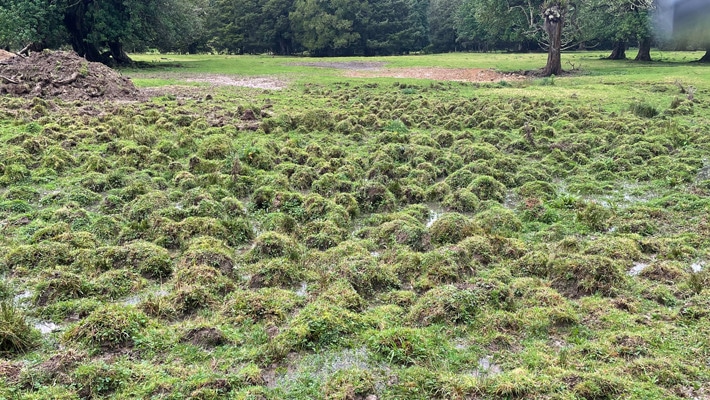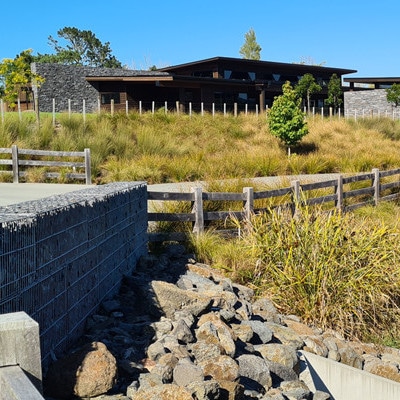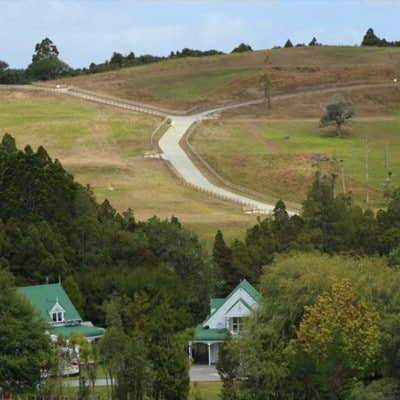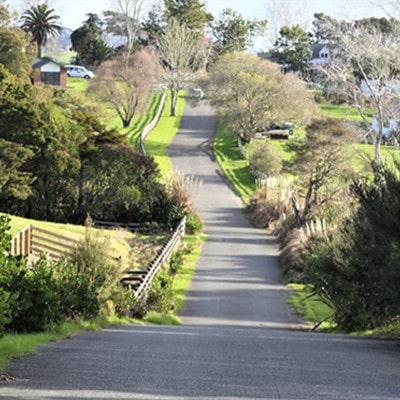Written by Myles Goodwin – Rural Subdivision Expert | Planning & Environmental Director – Cato Bolam Consultants
Wetlands, and the many natural advantages that come from having them as a part of the natural environment have been in the news quite a bit recently. This has been because of the extent of the past destruction of wetlands, and the realisation of how important they are within the landscape. Given the extent of past destruction, any area of wetland that remains is considered to have considerable value, and that environmental value can be considerably increased if degraded wetlands are restored to a more natural state. The environmental advantages include wildlife habitat, flood mitigation, stream baseflow increases and water quality improvements. Wetland can filter lower quality water, settle sediments and trap or degrade nutrients, meaning water flowing to our harbours and coasts is of much better quality. The more wetlands we have, the better the environmental outcomes. In addition, a well restored wetland can add amenity value to a property.

With the Unitary Plan now finalised, an existing good quality wetland, either identified as Significant Ecological Area (SEA) on the planning maps, or meeting the SEA quality standards, can generate an ability to subdivide. The final rules, which differ from those originally proposed, also allow for the restoration of degraded wetlands with the aim being a wetland that when specifically assessed meets the criteria for being deemed to be SEA. A 0.5 hectare (5,000m²) area of SEA quality wetland allows for a new title with an area between 1ha and 2ha. Alternatively, a transferrable title right can be generated, and the right to sell a subdivision right to others in certain zones.
These rules have been put in place to incentivise the protection and restoration of wetlands. Good quality wetlands may need relatively little work to meet standards. However, more degraded areas may need significant work. Wetlands can be degraded because of past drainage, stock access, filling or weed invasion. Any area of natural wetland, or area that was naturally wetland, can potentially be restored. The focus is on natural wetlands, so wetlands cannot be artificially created where no wetland would have naturally existed. We see the new rules as providing a win/win situation. A landowner with a suitable wetland gains an ability to subdivide, but at the same time a large environmental benefit is achieved. That benefit occurs continuously for many decades into the future, and is one that is a community benefit, rather than being restricted to the property with the wetland.

Wetland restoration typically includes a check on the area, to make sure the minimum area can be achieved. The new Plan does not require a continuous area, although a continuous area is generally seen as desirable. Control of weeds then occurs, and stock are excluded by fencing. If needed, planting of appropriate and eco-sourced native plants will then occur at a density that may vary depending on site conditions and existing vegetation. From planting, a growth period of 1 – 3 years is likely to be needed to achieve a significant vegetation cover.
Even once the subdivision project is finalised, the wetland will continue to develop and change, edge vegetation will continue to grow, and a degraded area of wet ground has been transformed into a thriving wildlife habitat performing a significant public good.
Myles Goodwin and the Cato Bolam team provide start to end subdivision services including planning, surveying, engineering, architecture and environmental services for land developments and subdivisions and are specialists in helping answer your questions on how to preserve wetlands, what is a wetland and why should we protect wetlands.
Contact Myles for an obligation free discussion via [email protected]
Or via his mobile no: 027 493 3022
Read more about our Ecology services here
And we welcome you to view some of our key Rural Subdivision projects below, click on an image to visit the project page.




